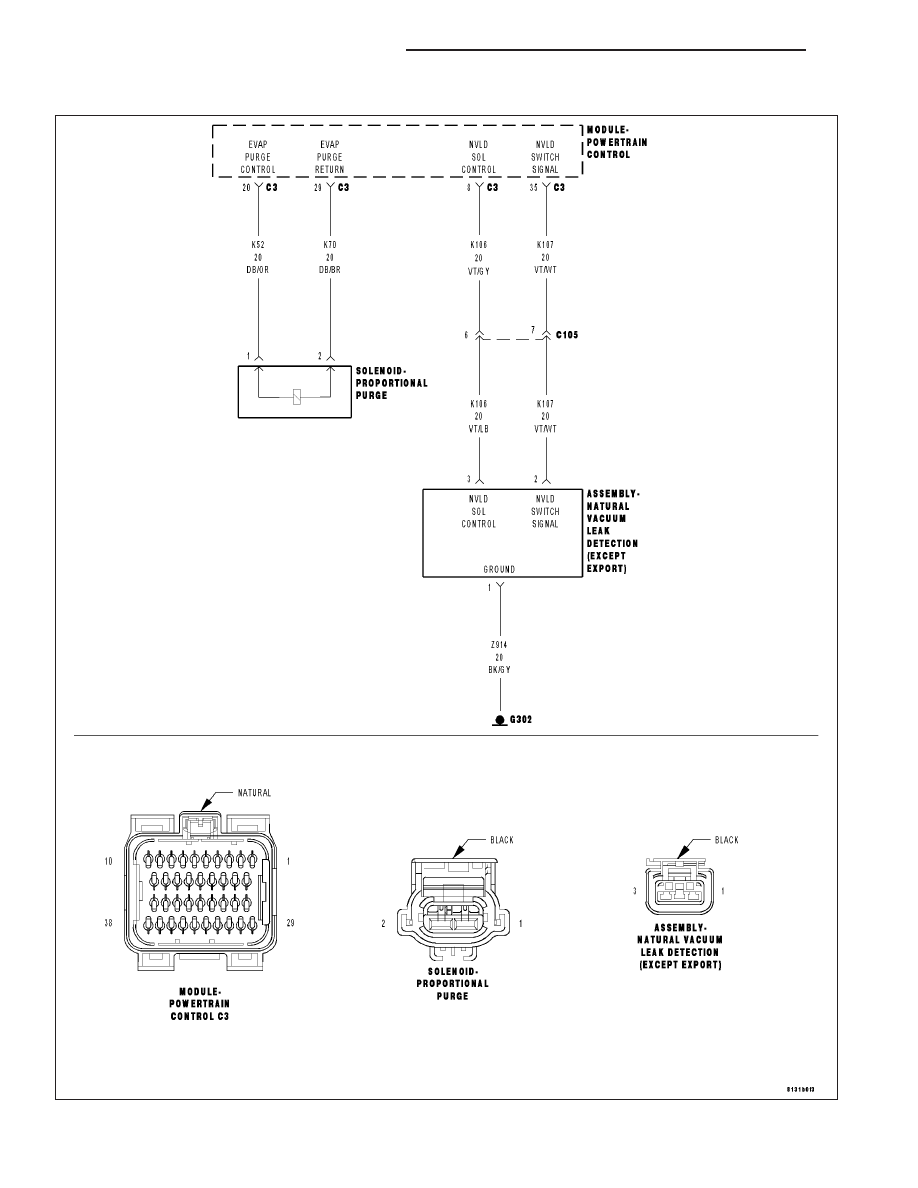Content .. 1099 1100 1101 1102 ..
Chrysler 300/300 Touring/300C, Dodge Magnum. Manual - part 1101

P0442-EVAP PURGE SYSTEM MEDIUM LEAK
For a complete wiring diagram Refer to Section 8W.
9 - 428
ENGINE ELECTRICAL DIAGNOSTICS
LX
|
|
|
Content .. 1099 1100 1101 1102 ..

P0442-EVAP PURGE SYSTEM MEDIUM LEAK For a complete wiring diagram Refer to Section 8W. 9 - 428 ENGINE ELECTRICAL DIAGNOSTICS LX |